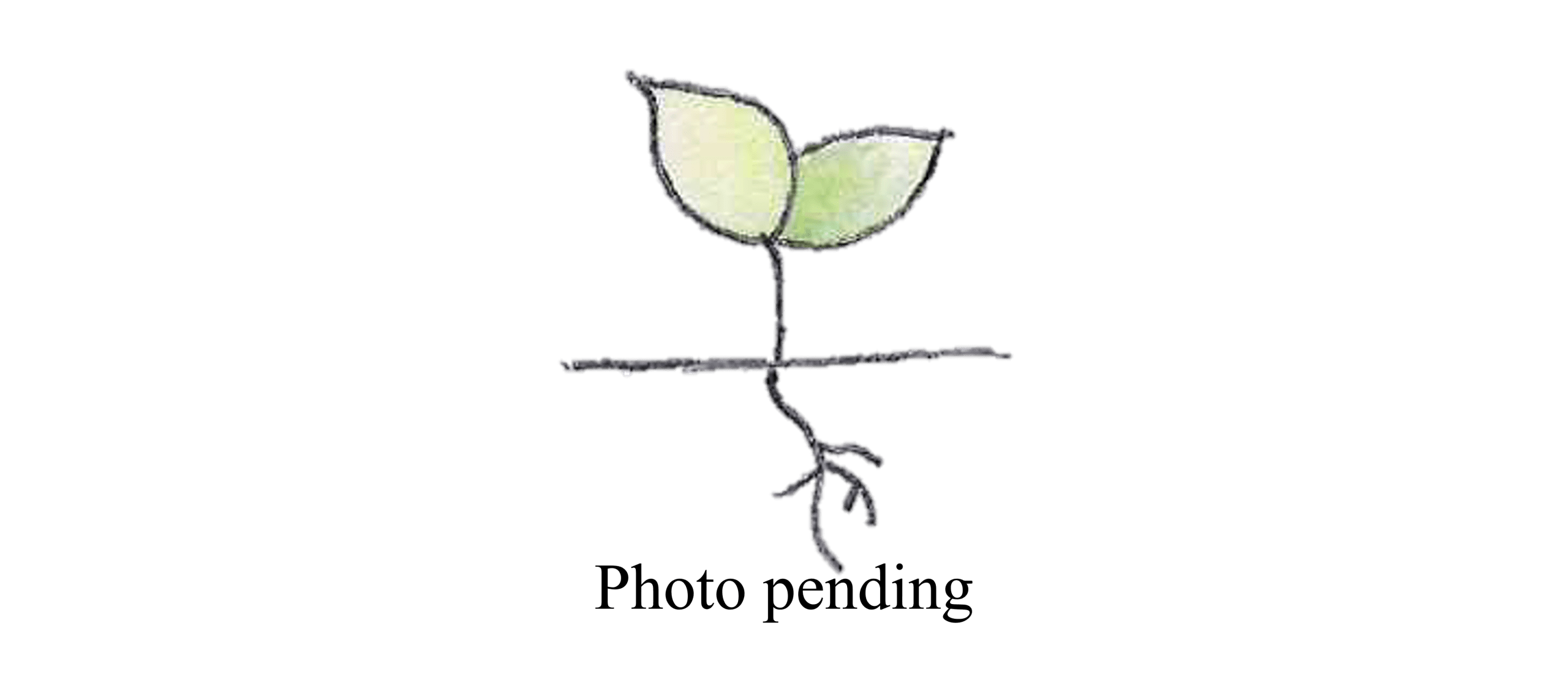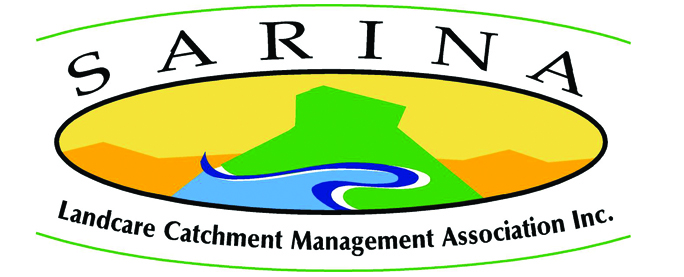Cabbage tree palm
Livistona decora, Fam. Arecaceae

Single stemmed, fan palm with a large crown of weeping fronds and a grey bark with vertical fissures. decora from the Latin meaning decorative.
| Weed Category: | |
| Weed: | No |
| Form or habit: | Palm or palm-like plant |
| Family: | Arecaceae |
| Leaf: | Glossy green, almost circular, stiffly pleated, divided into up to 80 narrow segments, each of which is split terminally into two fine, drooping tips. Margins of the leaf stalk armed with small hooks. Leaf stalk has a sheathing base like a fibrous, brown mat. |
| Flower conspicuous: | Conspicuous |
| Flower colour: |
Yellow |
| Flower description: | Long, loose and much branched panicle with a pendulous tip. Flowers bisexual, bright yellow, very small and arranged in dense clusters. Spring to winter. |
| Fruit conspicuous: | Conspicuous |
| Fruit colour: |
Black |
| Fruit: | |
| Fruit description: | Shiny black when ripe, spherical, 12-18mm in diameter. Containing one large seed covered by a very thin fleshy layer. February to December. |
| Habitat: | Gallery (riverine or riparian) forest, open forest, rainforest, wetland. |
| Distribution | Queensland. |
| Food source for: | Fruit eaten by the grey headed flying fox and probably by the wompoo fruit dove, topknot and white headed pigeons, pied currawong and Australian brush turkey. Larval food plant of yellow palm dart and orange palm dart butterflies and the yellow peach moth Conogethes punctiferalis. |
| Toxicity: | No toxicity known |
| Origin: | Australia. |
| Notes: | The plants resprout from the apical bud after fire. The apical bud is protected by the dense, green leaf bases. This bud is edible but its removal will kill the plant. Grow from fresh seed, germination may take several months. Aborigines used the fronds and fibrous leaf base for weaving. Early colonists made hats from the unexpanded fronds by immersing them in boiling water and then drying them, strips were plaited and the braids sewn together to form the hat. |
| Information sources: | Melzer R. & Plumb J. (2007) Plants of Capricornia. |



